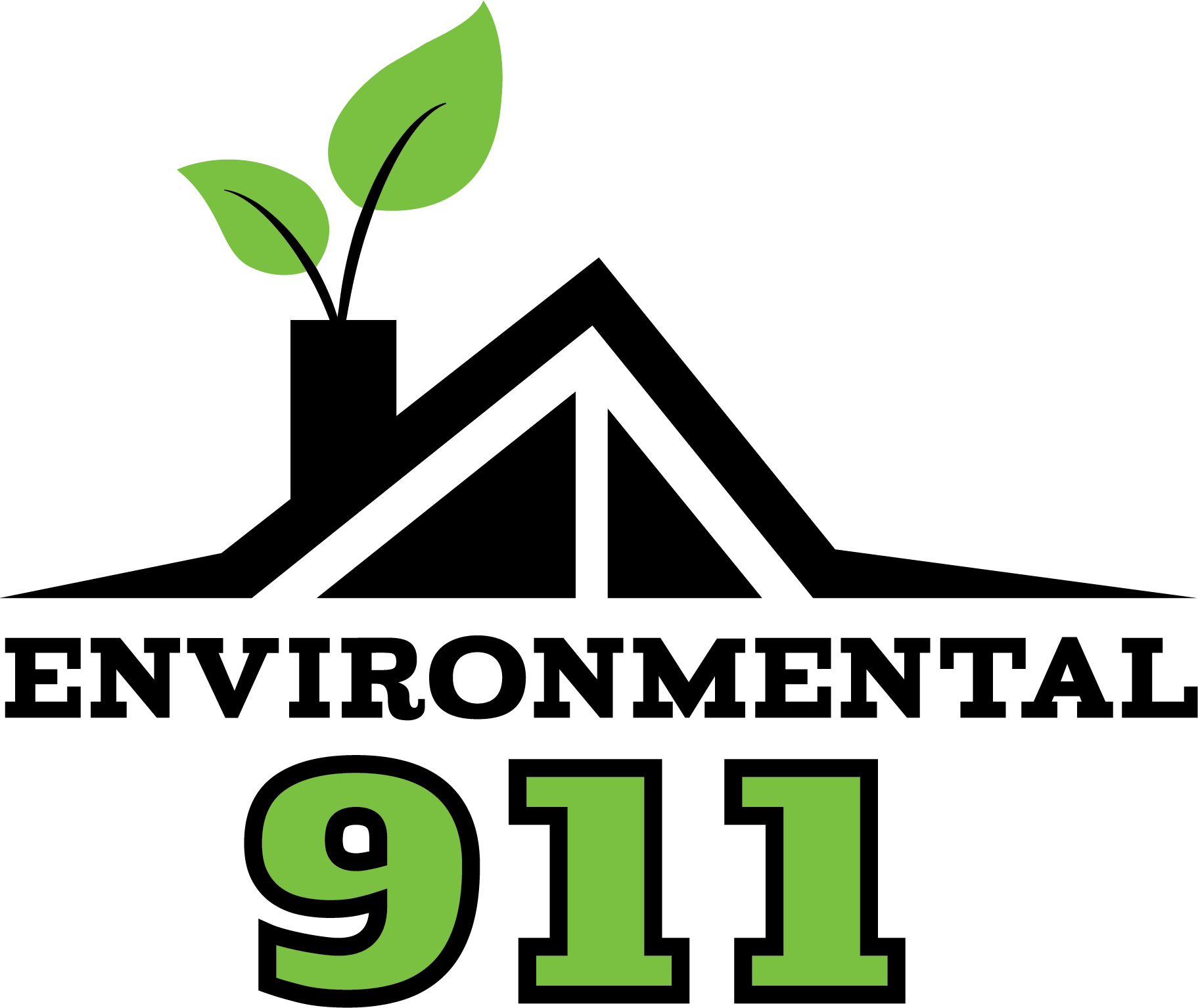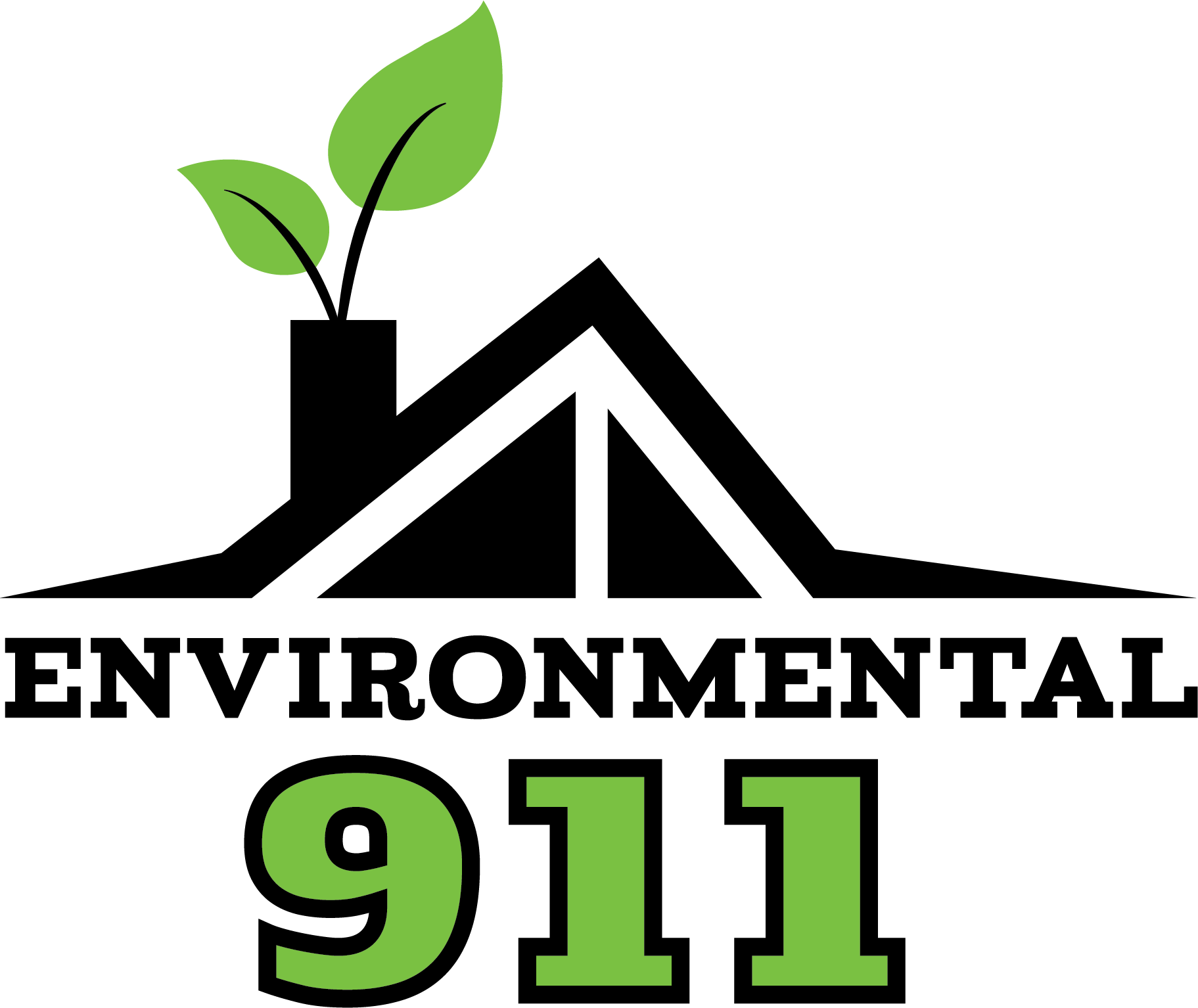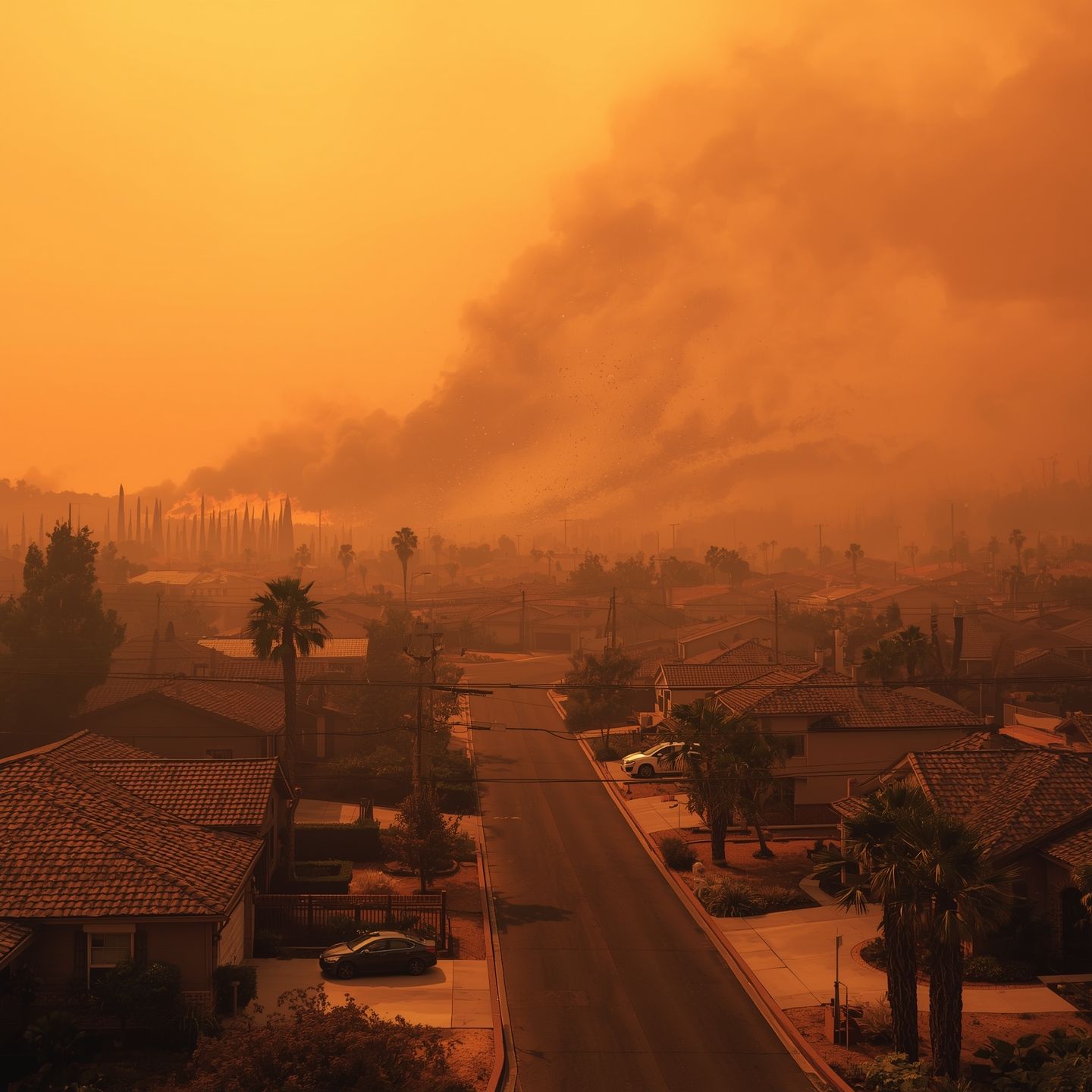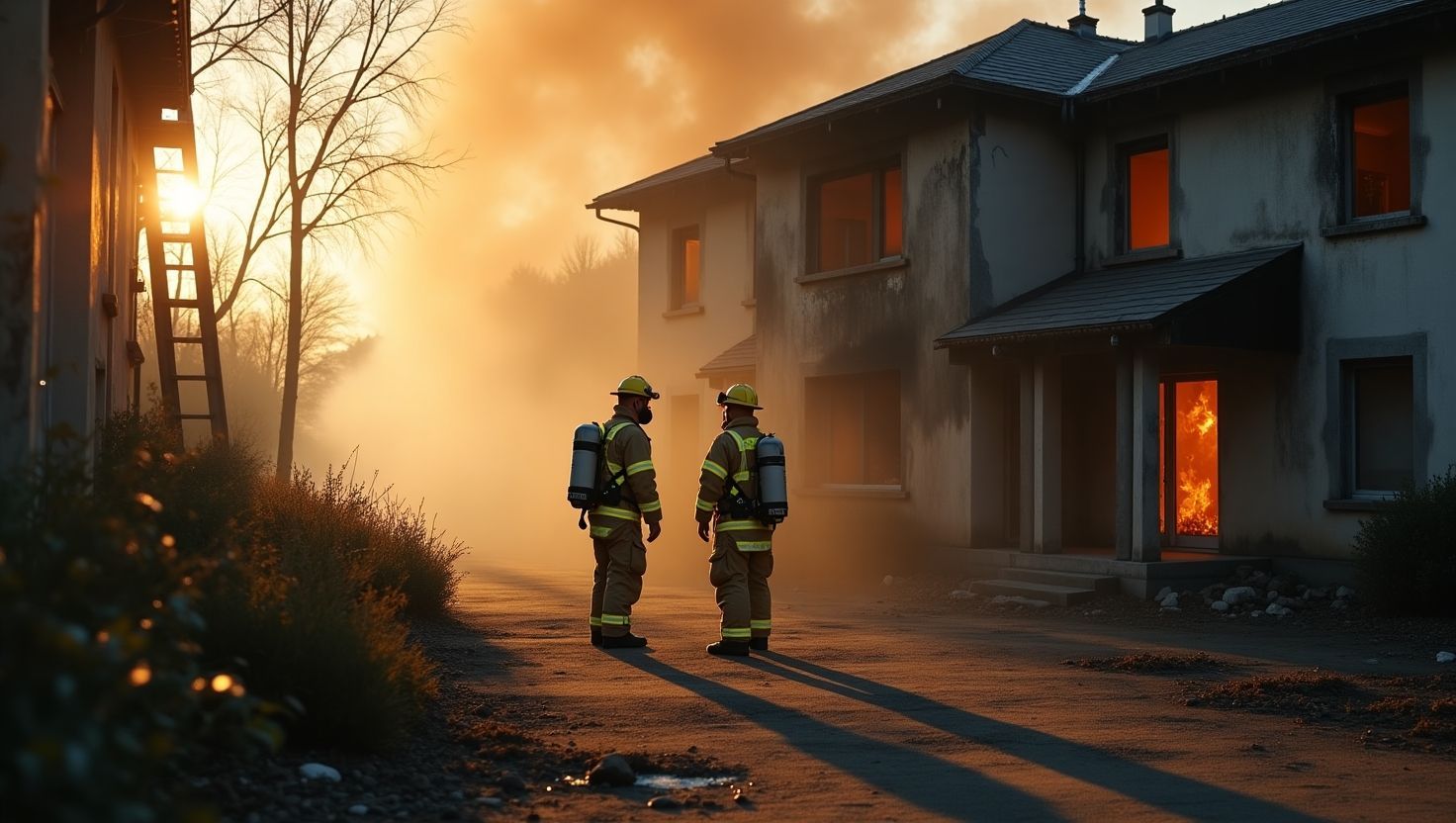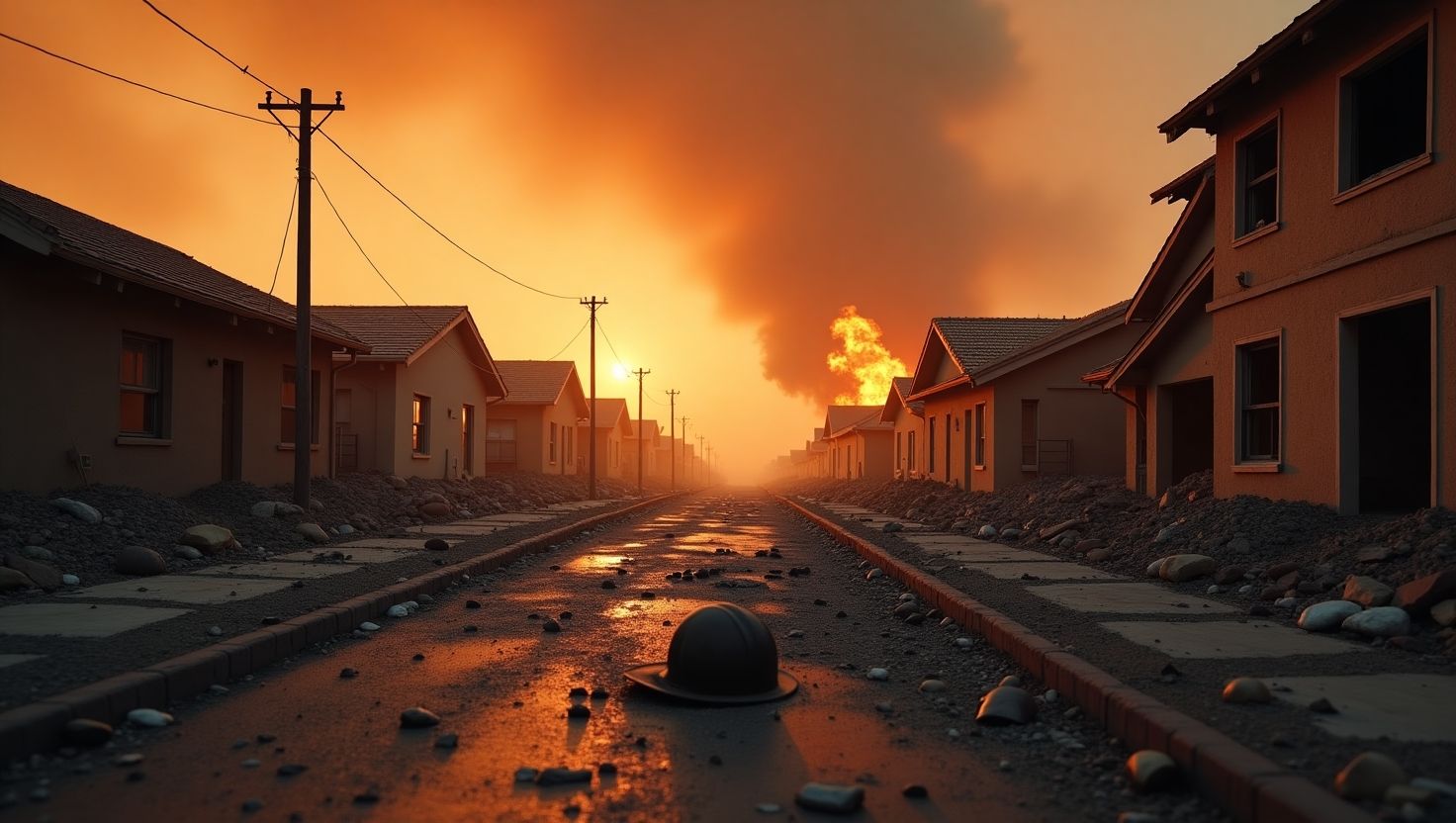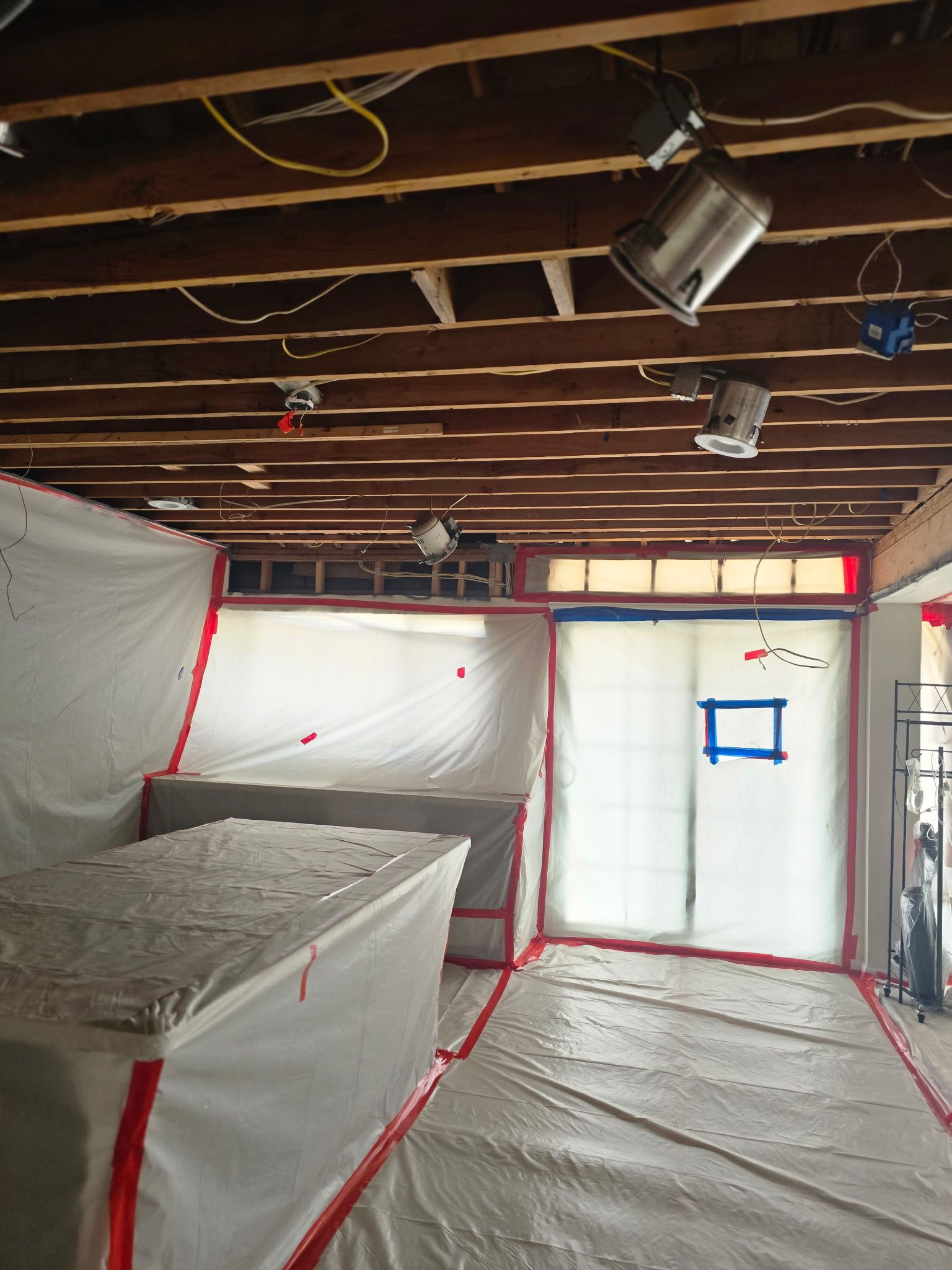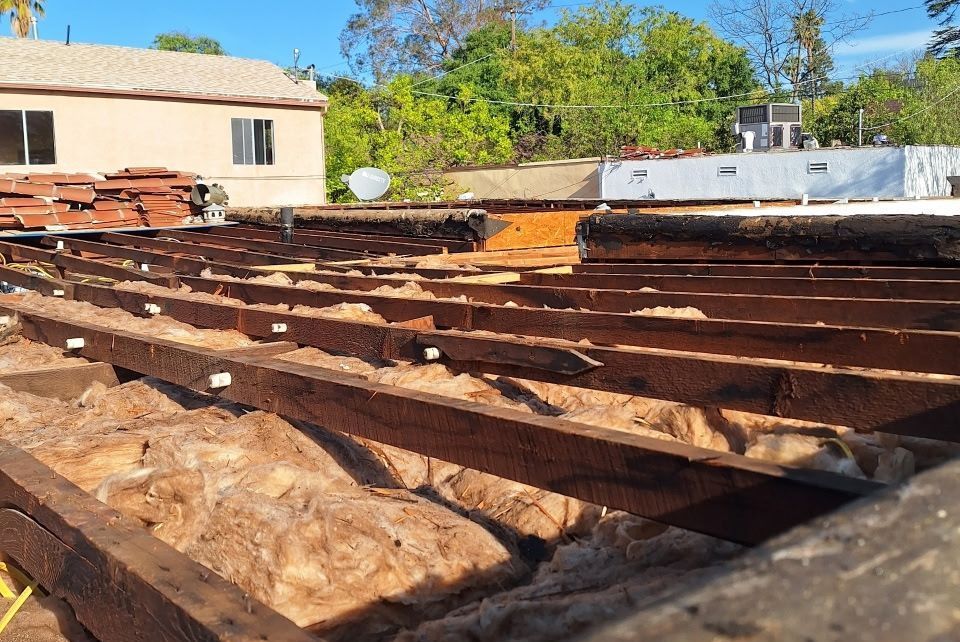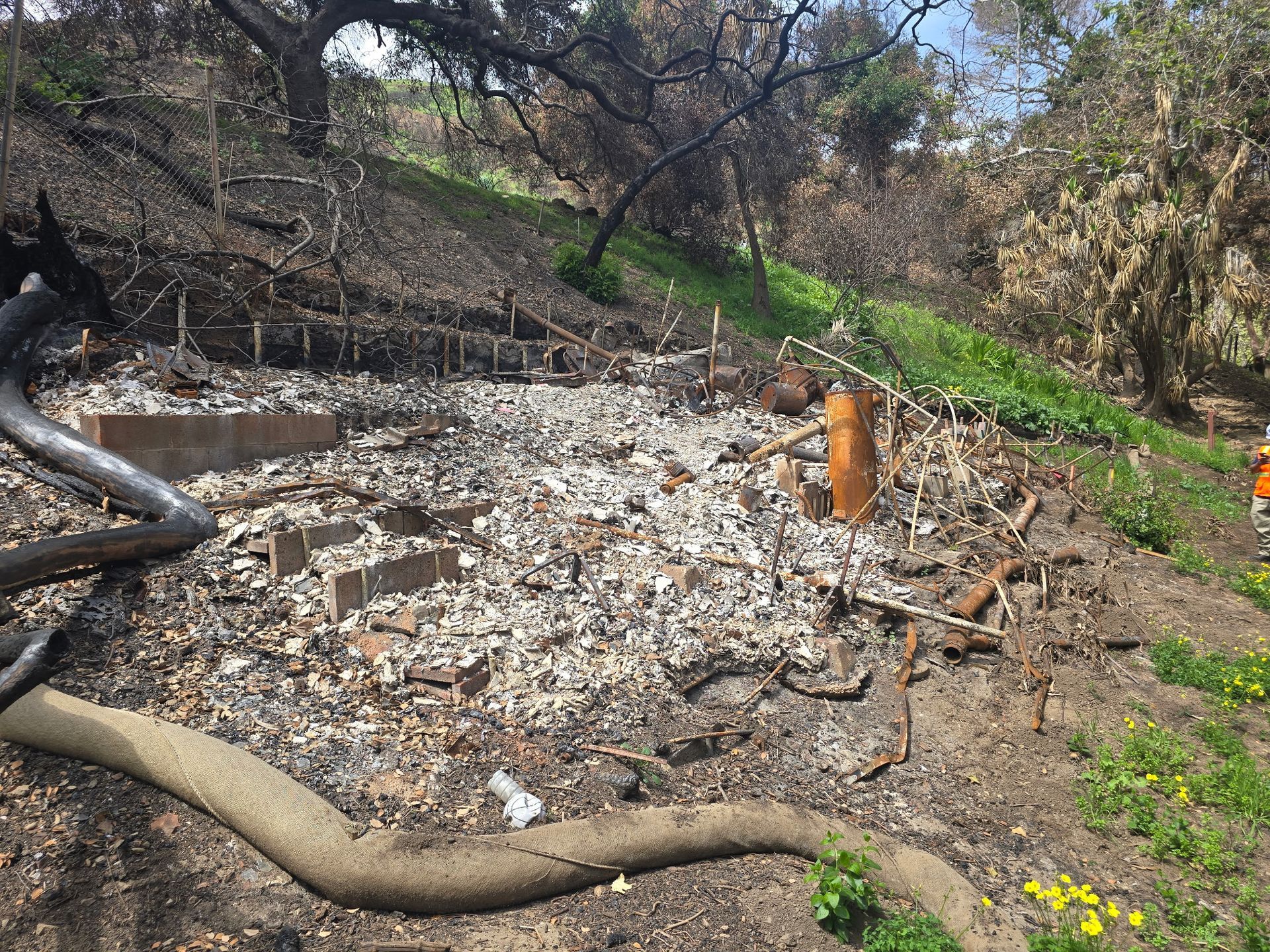Identifying Different Types of Asbestos in California Wildfire Debris
California wildfires have become an unfortunate, recurring reality. These fires aren’t only destructive to the environment and properties but also bring hidden risks, such as hazardous materials lurking in the debris. One major concern? Asbestos. This harmful material, often used in older construction, poses significant dangers when disturbed and released into the air.
This post explores the types of asbestos commonly found in wildfire debris and what you, as a homeowner or business owner, need to know to stay safe.
From identifying these materials to learning the importance of professional abatement services, here’s everything you need to protect yourself and your community.
What is asbestos?
Before we break down the types of asbestos, it’s essential to understand what it is. Asbestos is a naturally occurring mineral known for its heat resistance and durability. For decades, it was a popular material used in construction for insulation, roofing, flooring, and more. However, exposure to asbestos fibers can lead to serious health issues like asbestosis, lung cancer, and mesothelioma.
When wildfires burn through older buildings, asbestos-containing materials (ACMs) can break apart, releasing microscopic fibers into the air. These invisible fibers become inhalable, posing health threats to anyone who comes into contact with the debris.
The types of asbestos commonly found in wildfire debris
There are six different types of asbestos. While they all share similar hazardous properties, each has unique characteristics. The types most often present in California wildfire debris include:
Chrysotile (White asbestos)
- Where it’s found: This is the most common form of asbestos and is frequently found in roofing materials, ceiling insulation (like popcorn ceilings), and vinyl flooring.
- Why it’s dangerous: Although less brittle than other types, once disturbed during wildfires, chrysotile fibers can easily become airborne and pose health risks.
Amosite (Brown asbestos)
- Where it’s found: Common in pipe insulation, cement sheets, and fireproofing materials, amosite is often found in industrial and commercial constructions.
- Why it’s dangerous: Amosite’s fibers are sharp and long, making them particularly harmful when inhaled.
Crocidolite (Blue asbestos)
- Where it’s found: Used in cement products, tiles, and electrical insulation. Crocidolite is less common but still present in older structures.
- Why it’s dangerous: This type of asbestos is considered the most hazardous due to its thin, needle-like fibers that are easily inhaled.
Tremolite and Actinolite
- Where they’re found: Tremolite and actinolite were not commonly used in commercial products, but can be contaminants in other building materials like insulation and paints.
- Why they’re dangerous: Both types are extremely brittle and easily release fibers when disturbed, such as during a fire or demolition.
Mixed asbestos materials
- Even if a single structure contains materials with one or more of the above types, their combination can make accurate identification and safe cleanup more complex. Mixed-use construction materials often appear in drywall, spray-on coatings, and stucco.
Why asbestos is a major concern in wildfire debris
Historical constructions and increased risk
Many California homes and commercial buildings constructed before the 1980s are likely to contain asbestos. When wildfires consume these older structures, materials like insulation, roofing, or vinyl tiles are destroyed, releasing large amounts of carcinogenic particles into the air and charred remains.
When inhaled, asbestos fibers can remain lodged in the lungs for years, leading to diseases that may not appear until decades later. This health risk doesn’t just affect property owners but also firefighters, first responders, and cleanup crews working in disaster zones.
Airborne threat
Debris from wildfire-damaged properties isn’t just sitting on the ground. Wind can carry asbestos fibers over long distances, making it a hazard even for individuals outside the immediate vicinity.
Improper handling can make it worse
Attempting to clean up debris yourself without proper safety measures can disturb asbestos materials further, exacerbating health hazards. This is why professional abatement and cleanup services are critical.
How to ensure safe cleanup after wildfires
Step 1. Conduct an asbestos survey
California law requires an asbestos survey before beginning any demolition or debris cleanup efforts. According to SCAQMD Rule 1403, this survey determines whether asbestos is present and informs the proper handling strategy. Always work with accredited asbestos professionals for inspections.
Step 2. Hire licensed asbestos abatement services
Companies like Environmental 911 specialize in asbestos clean up and wildfire debris cleanup. Here’s what professional services offer:
- Safety experts are trained to contain and remove asbestos following strict state and federal guidelines.
- Use of specialized equipment and protective gear to prevent exposure.
- Proper waste transport and disposal to comply with environmental regulations.
Step 3. Avoid disturbing debris
Do not attempt to move or clean up debris yourself. Even seemingly innocent disruptions, like sweeping or using a leaf blower, can release harmful asbestos fibers into the air.
Step 4. Test the air quality
Before returning to your property or reopening businesses, have the air quality tested to ensure it is free from asbestos contamination. Post-cleanup air testing is an essential step to ensure the safety of your indoor and outdoor environments.
Why do you need experts like Environmental 911?
Environmental 911 offers comprehensive asbestos abatement, fire damage cleanup, and related disaster recovery services to ensure your property is safe for reentry after wildfires. With a proven track record and commitment to your well-being, our team prioritizes creating clean, safe, and healthy environments.
Why customers trust us:
- Expertise: Trained professionals certified in asbestos abatement.
- Rapid response: We respond to crises quickly, minimizing delays and health risks.
- Peace of mind: We handle everything from inspections to securing permits and complying with regulations.
- Environmental care: Proper disposal of hazardous waste ensures safety for both humans and the planet.
Act now to protect your health and property
The aftermath of California wildfires is distressing, but dealing with hazardous debris doesn’t have to be. Identifying and handling asbestos requires careful attention to detail and professional expertise. Protect your health, your property, and your loved ones. Environmental 911 is here to help. Call us at (626) 316-6651 or schedule an inspection today.
